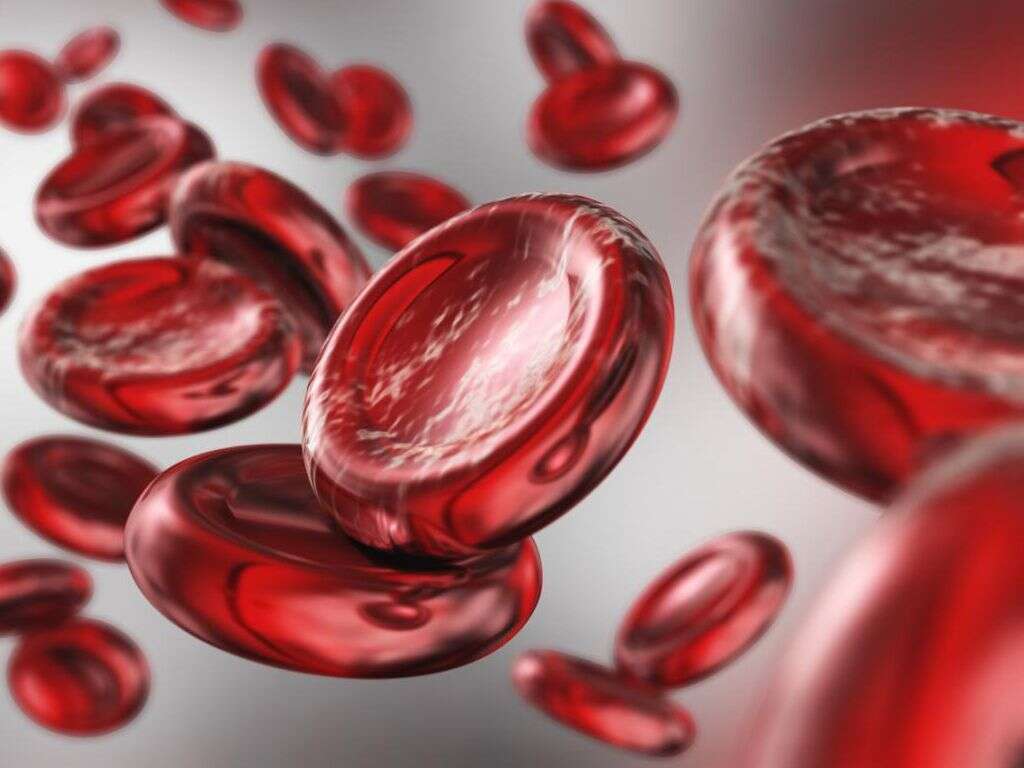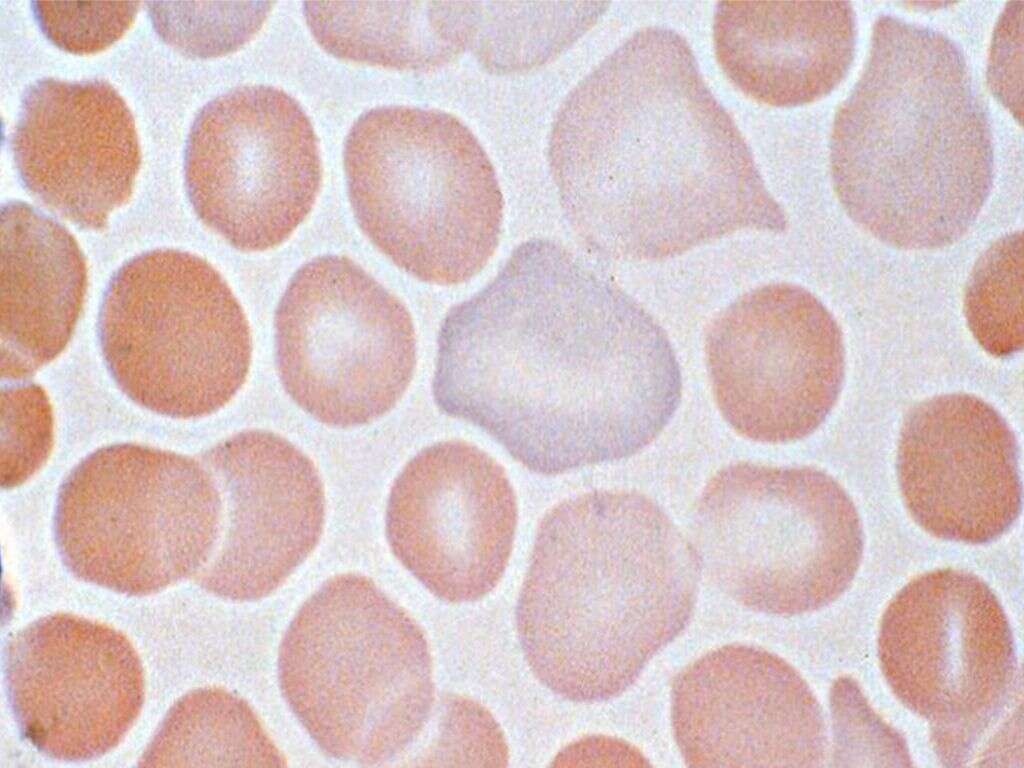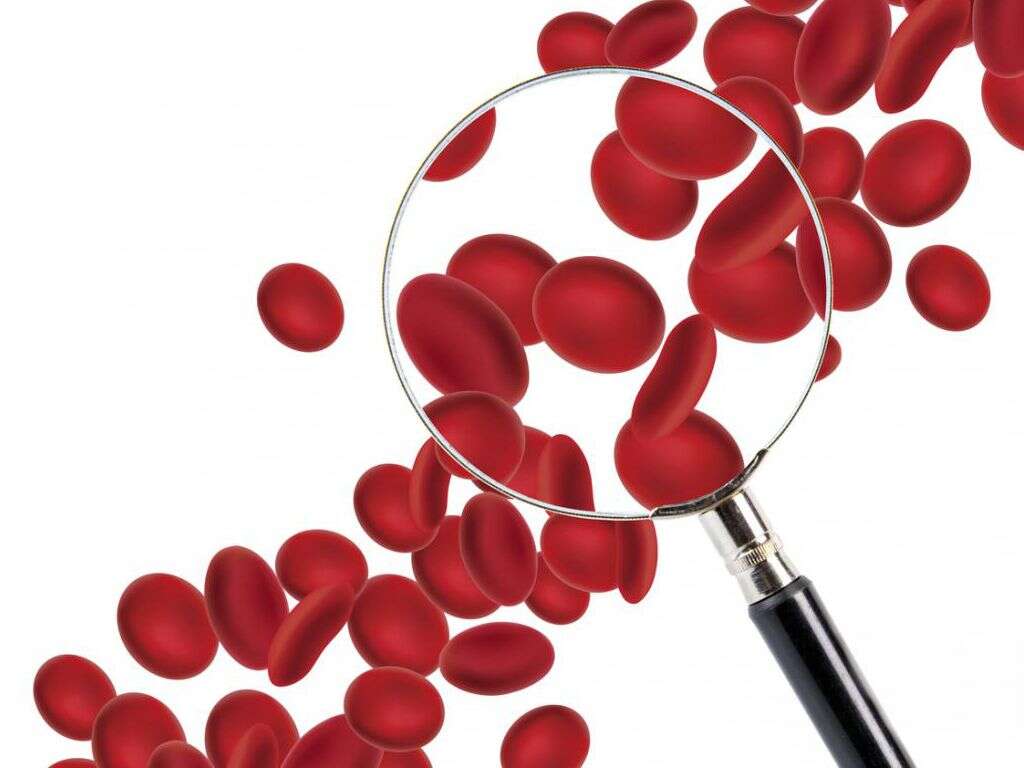What Do White Blood Cells Do?
Our health is constantly under threat from tiny invaders that can make us very, very ill. You may not notice it, but the body is often a fierce battle ground, with miniature defenders protecting us against miniature attackers. These defenders make up an essential part of the immune system, which helps to keep us in good health.
At the forefront of these battles are white blood cells. There are different types of white blood cell, each of which has its own specialties, and some will perform a number of roles. We owe our good health to these tiny cells, and there are some fascinating facts associated with them.
1. Blood Cells
Our blood is made up of a number of different types of cells. These include, but are no limited to, red blood cells, platelets, and white blood cells. Each type of cell performs a different function, each of which is essential to us in its own way.
White blood cells are known technically in medical fields as leukocytes. They only make up around 1% of all the blood cells in our body but, still, they have a profound impact on our well-being. We don’t notice that they are even there but we would soon notice if, for whatever reason, they disappeared.
2. Tiny Warriors
The main job of our white blood cells is to detect and attack bacteria, viruses, fungi, parasites, and anything else that might otherwise cause harm to us. They are found flowing through the blood circulation and in lymph where they patrol the vessels looking for unwelcome guests.
They also occupy the lymph nodes and other organs and glands, waiting to deal with any pathogens that pass by. Without them, our bodies would be much less effective at protecting themselves, and we will fall ill far more often. Without white blood cells, even usually mild diseases can become something severe.
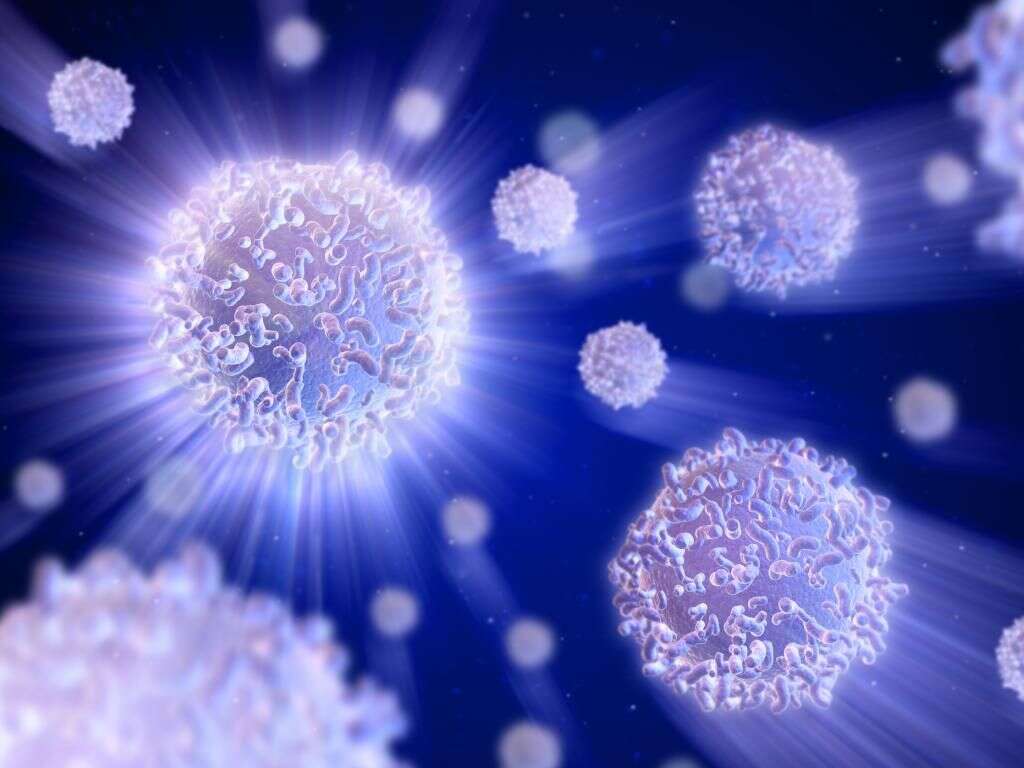
3. Production
White blood cells are made in our own bodies. To be more precise, they are manufactured in the bone marrow. From the bone marrow they are then released into our blood where they will be on the hunt for anything that should not be there. Others will take up a position at stations that evolved to filter the blood of pathogens.
White blood cells have a life span of 13-20 days. Some will expire almost straight away if/when they are called into action to deal with an existing threat. As such, the body needs to be constantly replacing those that have died so new white blood cells are being constantly produced.
4. Monocytes
Monocytes are the largest of all the white blood cells. When they detect a threat, monocytes will often change into another type of white blood cell: macrophages. Macrophages help deal with intruders by literally engulfing them. They will then digest them, destroying them in the process.
Macrophages will also attack cancer cells and debris if it recognizes that it should not be there. This means that, in addition to protecting us from pathogens, they will also protect us from cancer. This means that monocytes are also very important in helping to keep the body clean of debris such as dead cells.
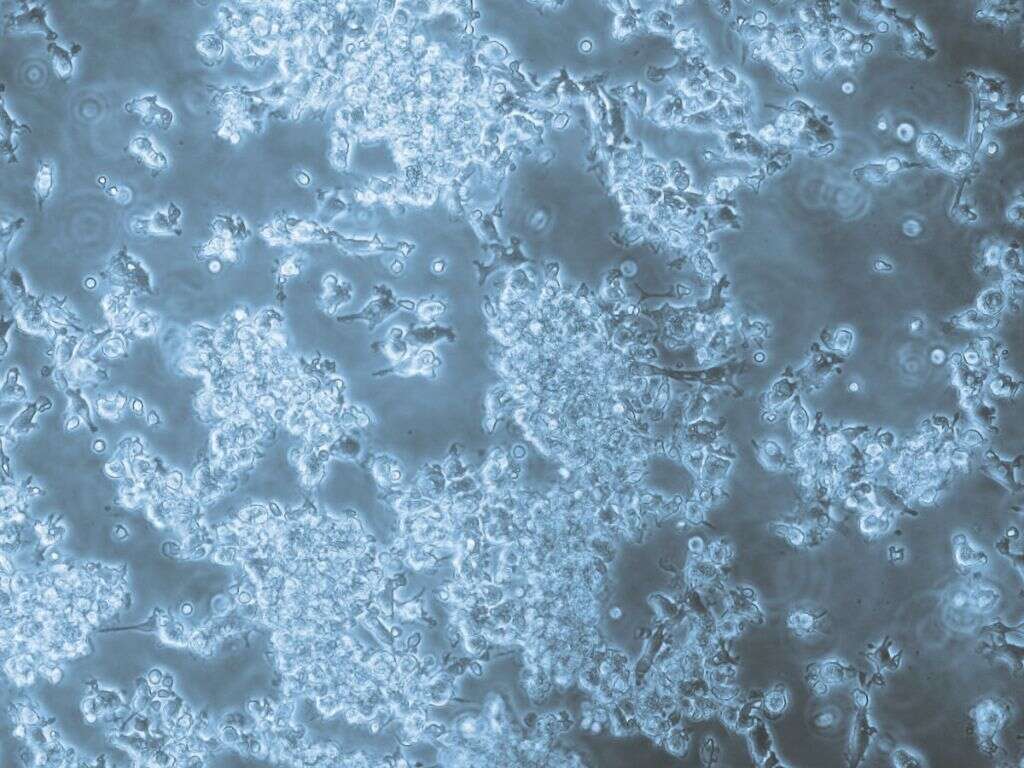
5. B-Cells
B-Cells, or B Lymphocytes, are a type of white blood cell that helps to protect us against a wide range of pathogens. B-Cells work to protect us mainly by creating antibodies. These are Y shaped proteins that attach themselves onto the pathogen, effectively rendering them inert.
They will also mark the pathogen for destruction, meaning it will then be dealt with by another type of white blood cell, such as monocytes. B Cells also help provide some protection against cancerous cells, although they can also sometimes hinder attempts to deal with tumors. These cells are often among the first responders whenever there is an intruder in the body.
6. T-Cells
T-cells, or T lymphocytes, are similar to B-cells and both fall into the same category (lymphocytes). They are also in the frontline of defense alongside B- lymphocytes, and T- lymphocytes can be placed into two main categories. One category is killer T- lymphocytes, and the other is helper T- lymphocytes.
Killer T- lymphocytes are so called because they attack and kill pathogens directly. In addition, when a threat is detected, T- lymphocytes will send chemical messages that let the rest of the immune system know that it needs to spring into action. Helper T- lymphocytes aid in the battle by stimulating B- lymphocytes to produce the antibodies needed in the fight against pathogens.
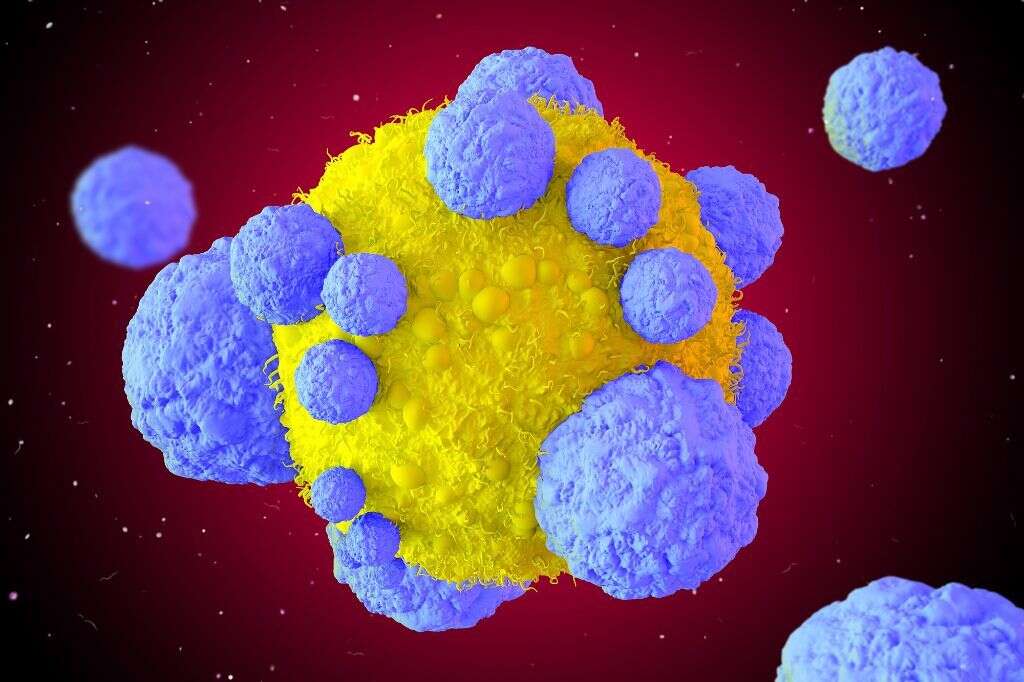
7. Neutrophils
If you have a cut that has become infected then you are likely to see pus coming from the area. Pus can also come from a number of other types of infection, such as eye infections. Pus is formed from the discarded ‘bodies’ of white blood cells and pathogens on the front line of the battle against infections.
Pus is made up predominantly of neutrophils, a type of white blood cell. They take on fungi and bacteria directly by first killing them and then digesting them. While pus is a sign that your body is responding to a threat, medical attention may be necessary because excess pus can also mean your immune system is struggling to cope with the problem.
8. Eosinophils
Eosinophils are another type of white blood cell that help to directly kill intruders. They can help to protect against bacteria, but they are most often found dealing with any parasites that may enter the body. Eosinophils also contribute to inflammatory responses, which are important in helping to protect the body, and in aiding with healing.
Eosinophils are also associated with allergic reactions, which are reactions buy the immune system when it recognizes harmless particles as something potentially dangerous. Such responses generally involve inflammation that helps to repel allergens from the body. Too many eosinophils in the body can lead to autoimmune disorders.
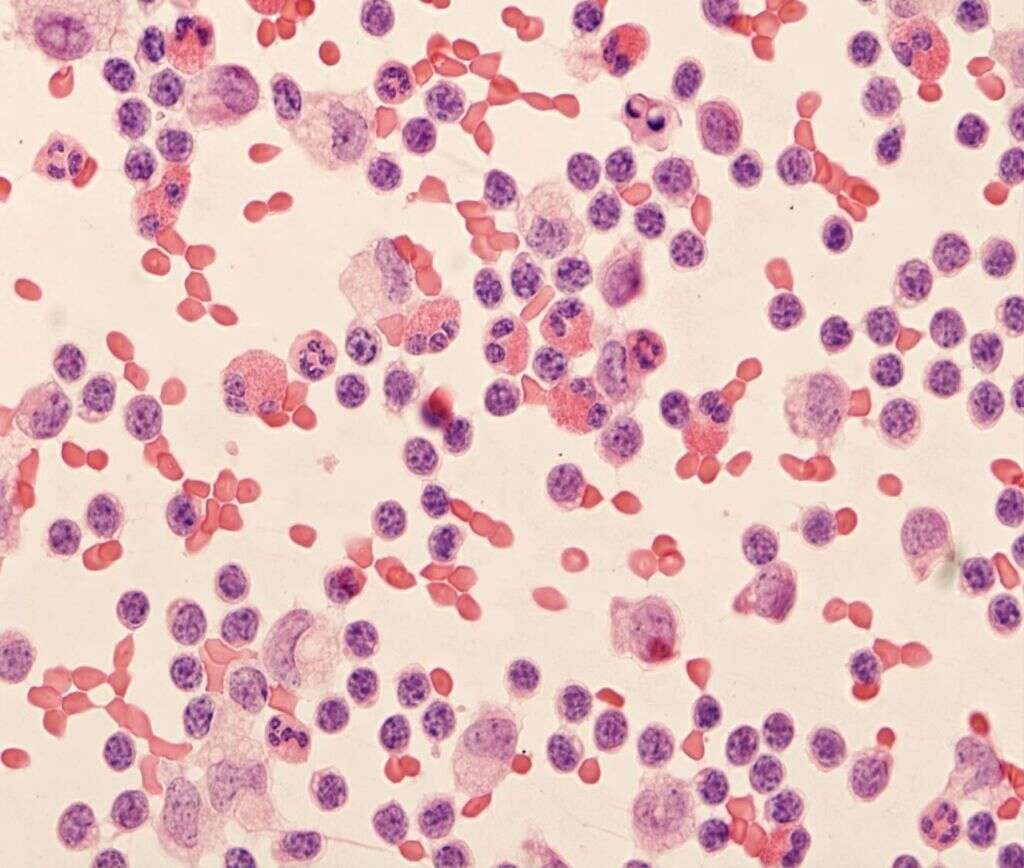
9. Basophils
If you were to cut yourself, leaving an open wound that pathogens can get into, then basophils are usually quick on the scene to help protect you against infection. They are particularly effective in helping to protect you against parasites, but they can also perform other very important functions.
Basophils also produce a chemical that helps to prevent blood from clotting in the blood vessels. In addition, they have a role in the production of antibodies that help to render many pathogens harmless to us. Basophils also play a role in immune responses, and they are partly responsible for asthma.
10. White Blood Cell Count
Although white blood cells make up only a small proportion of all blood cells, it is still important that they exist in the right balances. If there were too many, or too few, then the patient can encounter a number of unwelcome problems.
Too many white blood cells will not necessarily cause symptoms, but it can cause symptoms including but not limited to fever, bruising, fainting, and bleeding. If there are too few white blood cells, however, then the patient is going to be more susceptible to disease as their immune system is weakened. An abnormal blood cell count either way can be a sign of a potentially serious underlying cause.






